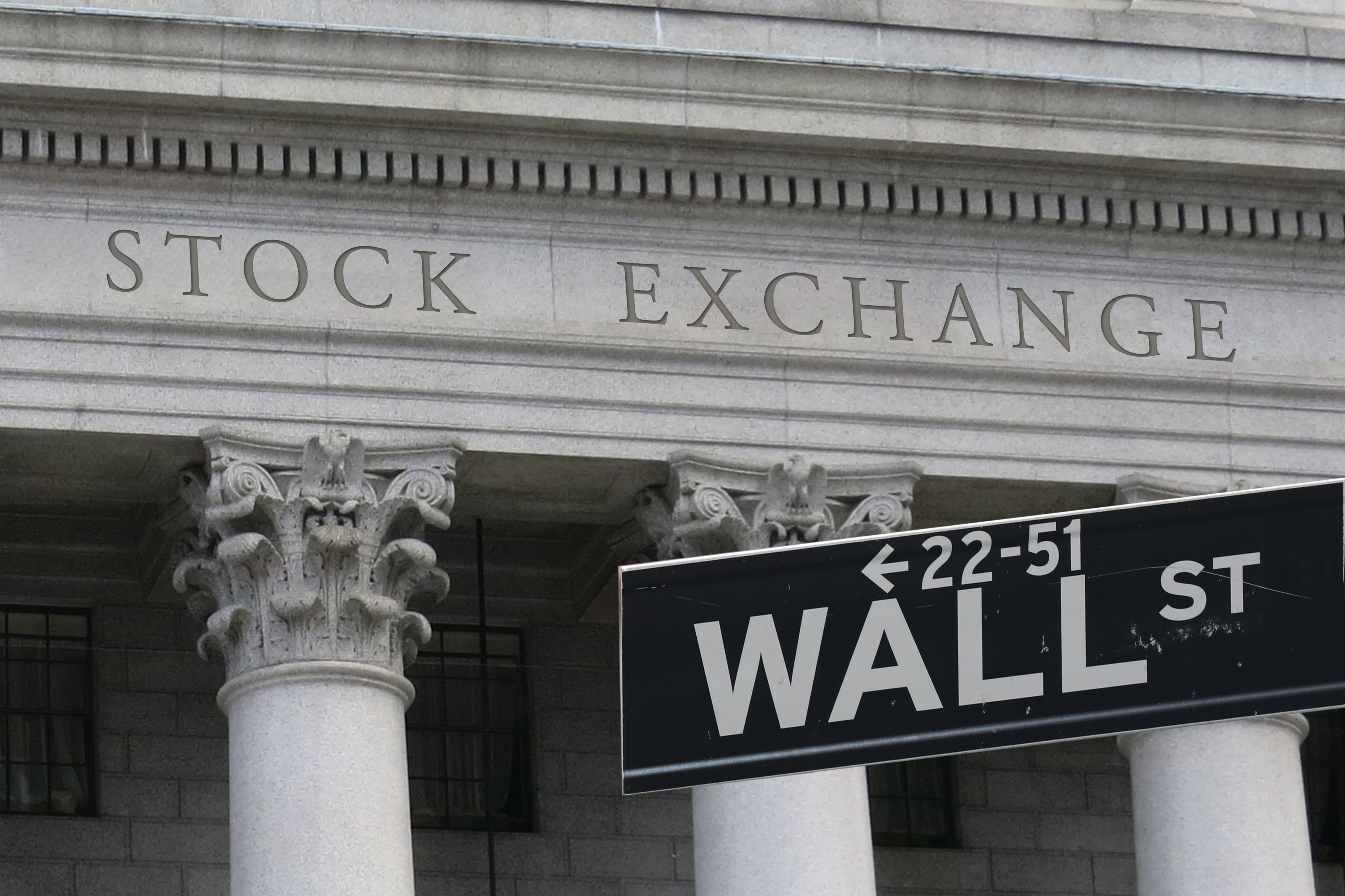JPMorgan Chase (JPM +1.48%) is the largest bank in the United States and is an excellent dividend stock. Here's a rundown of how much it pays, how safe the dividend is, and the company's history of increasing it.
What is JPMorgan Chase's dividend yield?
I won't keep you in suspense. JPMorgan Chase has a quarterly dividend of $1.15 as of June 2024, which gives it an annual dividend payout of $4.60 per share.

NYSE: JPM
Key Data Points
We can calculate the dividend yield by dividing this payout by the bank's stock price, and based on the $201.50 market price as I write this, we get a 2.28% dividend yield. However, it's important to note that since stock prices fluctuate, the yield is likely to be a bit different by the time you're reading this.
JPMorgan Chase's dividend payout ratio
Another aspect of looking at a company's dividend is the payout ratio. This is the company's annual dividend as a percentage of its earnings, and the idea is that a reasonably low payout ratio indicates that the company can comfortably afford to continue paying the dividend (or increase it) in the future.
In JPMorgan Chase's case, the bank stock pays $4.60 per year, and earned $16.23 per share over the past four quarters. This is a dividend payout ratio of about 28%, which is definitely on the lower end of the spectrum.
Dividend history
JPMorgan Chase has a solid history of increasing its dividend over time. While nearly all banks (including JPMorgan Chase) were forced to slash their dividends in the 2008-09 financial crisis, the bank has increased its dividend payout every year since first boosting the payout to a significant level in 2011. In fact, JPMorgan's current dividend is more than three times its highest level before the financial crisis.





